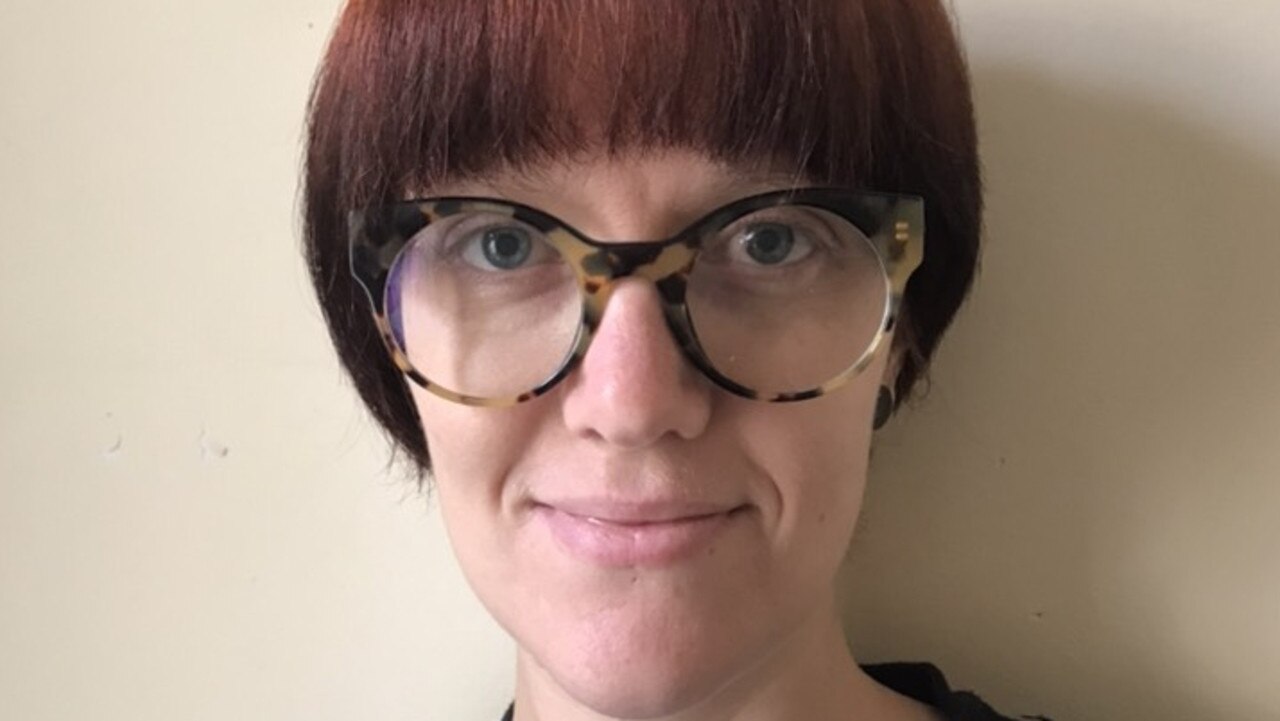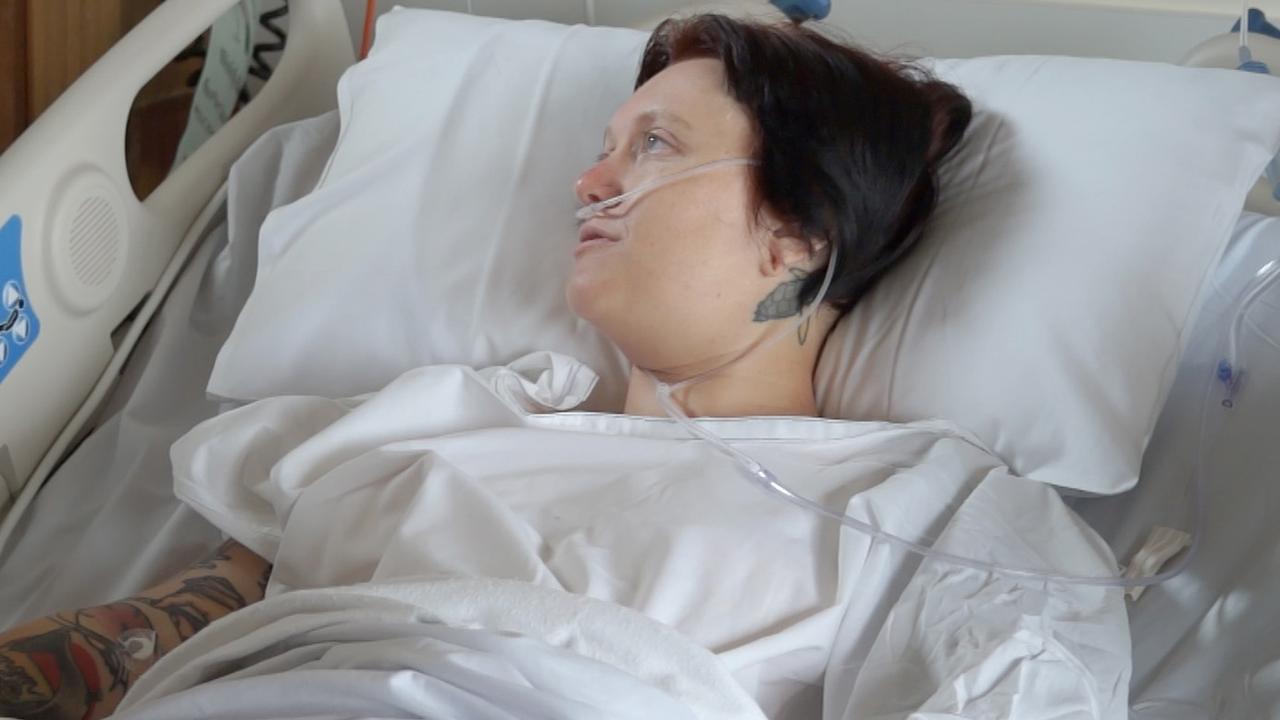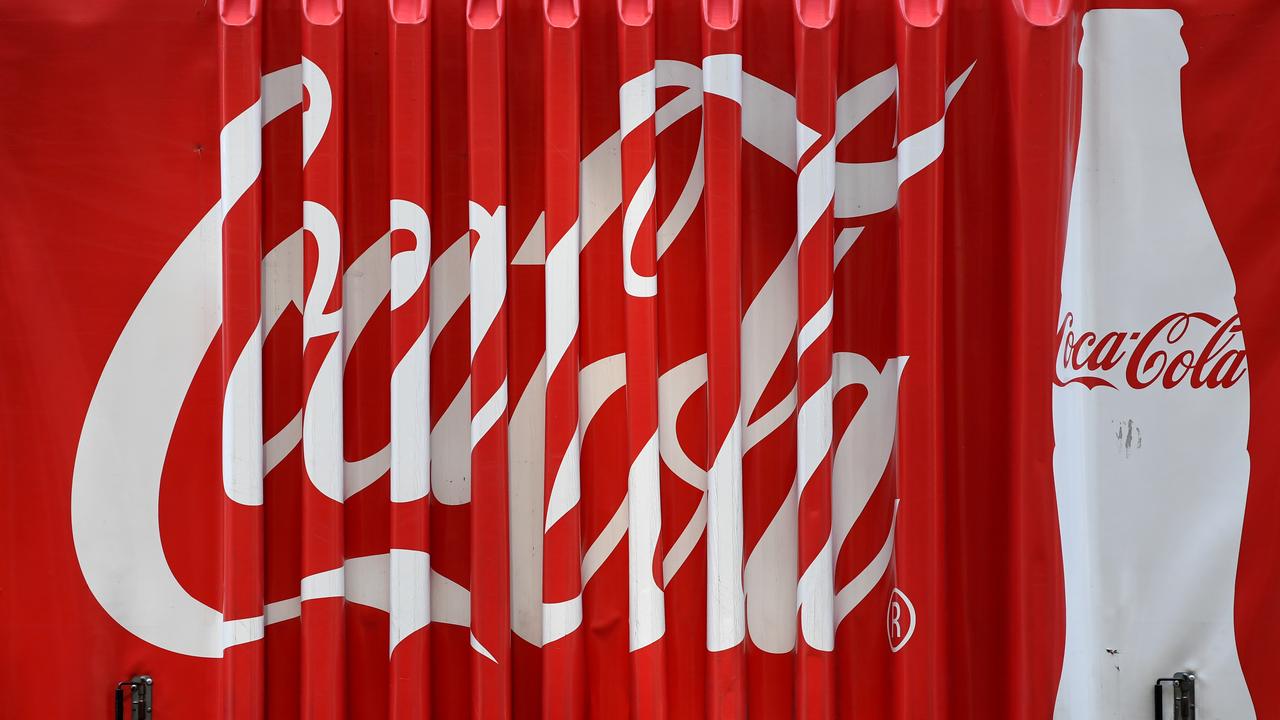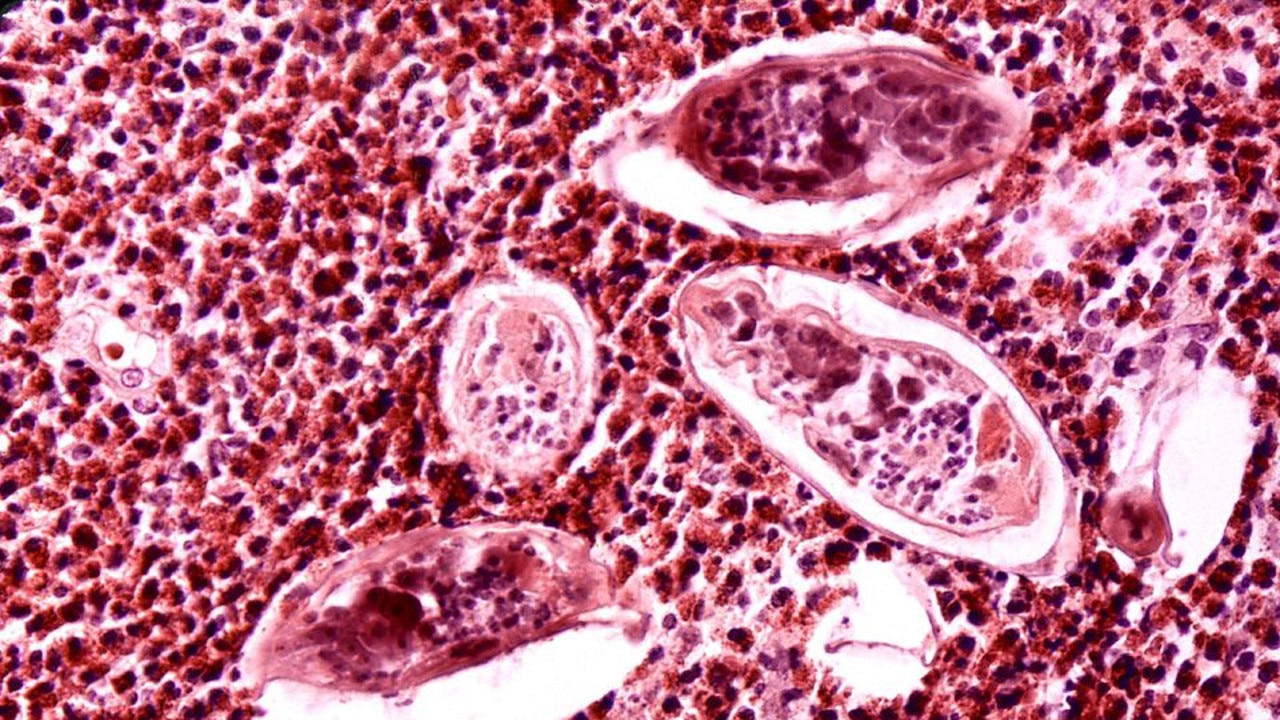Why Jane Hakanson is one of the rarest Australians in the country
Most people can’t understand why Jane Hakanson made this particular decision, but it makes her one in a million.

The moment Jane Hakanson was wheeled into a Perth operating theatre this year, her decision set into motion eight co-ordinated surgeries around Australia.
She doesn’t know where those surgeries took place, who went under the knife or what those people’s hobbies were. Their only connection is that on one day in January, they all had surgeries at almost exactly the same time.
Jane is a rare personality. She’s one of just 29 people in Australia who have decided to donate a kidney to a stranger this year.
These people are so unusual they are treated very differently when it comes to organ donation.
Generally, people who are listed on the Australian Paired Kidney Exchange Program (AKX) need a kidney and have a friend or family member willing to donate their organ but are not a match.
These donor/recipient pairs are searching for a straight exchange with another pair on the exchange, and this is extremely difficult to find.
When someone is willing to donate a kidney without receiving anything in return, this can set in motion a long chain of donations.
In Jane’s case, her decision meant that four other people could get an organ, with the “spare” remaining kidney going to a person who didn’t have someone able to donate for them and was waiting for a deceased organ.
“When I first talked to a nurse (about donating a kidney) she asked me if I had children,” Jane told news.com.au.
“She said if I wanted to have kids, I should wait until I had done that and come back.”
Pregnant women are at risk of eclampsia and high blood pressure, so if they only have one kidney this can be more difficult to deal with.
“Even if I changed my mind about having children there would be the tiniest increased risk,” Jane said. “But the standards for an altruistic donor are the most strict because you are not helping anyone that you know, so they want to make sure you’re really well taken care of.”
RELATED: Sign up to be an organ donor
RELATED: Big myths Australians believe about organ donation
RELATED: Life-and-death mistakes Aussies are making

The 34-year-old said she had already considered the possibility of donating an organ for about two years before she approached the nurse, and then another two years passed before she decided she definitely wasn’t going to have children and was ready to donate.
Her interest in donating a kidney to a stranger was sparked during the four years she spent working in administration at a Perth hospital. She helped the renal transplant nurses and saw many patients going through dialysis several times a week.
“Even though I didn’t know all the patients personally … once you met them, it was very humanising. I felt empathy for them,” Jane said.
News.com.au is supporting DonateLife week again after last year’s Take a Minute, Save a Life campaign contributed to a huge increase in organ donations and transplants in 2018.
In her job Jane said she often had to type correspondence for doctors, and she got an idea of how varied kidney disease was and how it impacted people’s lives.
While there can be a perception that people who need kidneys are heavy drinkers, Jane said many people had been born with a genetic disease or had developed problems over time, such as those with diabetes who go on to develop kidney problems.
“I don’t think I came across people where it was their fault,” she said. “Even if a person did make a mistake, they’re still a person and need help.”
For those who did receive a successful transplant, their lives seemed to change overnight.
“There was one patient who usually came in Thursdays and Fridays (for dialysis) but wasn’t there for four or five days,” she said. “Later I saw him going past on a hospital bed and he said ‘I got a kidney’ just like that.
“I thought ‘that’s so wonderful’, I knew so many things would change for him, and it’s instances like that that if you know these people, why wouldn’t you help them?
“Once I knew the processes, it wasn’t that big a deal. People donate blood all the time, this is just a bit more in-depth process than that.”
In order to make the donation, Jane had keyhole surgery that took about four hours, and afterwards she took six weeks off work to recover.

She says the experience was mostly what she expected.
“I think that fact that I worked at a hospital and knew the doctors meant I had a high level of trust in the medical team and in the public system in general,” she said. “I wasn’t too nervous, and I think that was an advantage over someone else donating.”
Jane did, however, get impatient for the transplant to happen, as it took six months after she was declared medically fit for the operation to take place because so many people had to be co-ordinated.
“Eight other surgeries all had to happen at the same time,” she said. “So there was someone in each room with a watch and phone saying ‘cut now’.”
While acknowledging that these donations wouldn’t have happened without her, Jane was humble about her altruistic act.
“It felt pretty special but on the day, at the hospital, you are not really doing anything. I was just doing what they told me to do,” she said.
“I felt important but certainly a lot of other people were doing important things. I felt like part of a big team and not the sole one responsible.”
More than six months after the procedure, Jane said she didn’t regret her decision even though she now had to be careful about doing combat sports such as kickboxing, where she could get kicked in the abdomen, or activities like mountain bike riding because of the risk of falling onto the handlebars.
“I’ll be followed up every year, so I will probably have better kidney health than anyone who has not donated,” she said.
She encouraged anyone interested in an altruistic donation to contact their nearest hospital for more information.
“It’s worth looking into because you can do so much good for other people,” she said.
“Most people who find out about my donation think I’m mad.
“It doesn’t make sense to most people and they say ‘that’s amazing, I couldn’t never do that’, but then at least one person might go ‘wow I want to do that’.
“It’s probably a specific (personality trait) that makes them want to do it, and I guess I’m just one of those people.”
Continue the conversation @charischang2 | charis.chang@news.com.au




